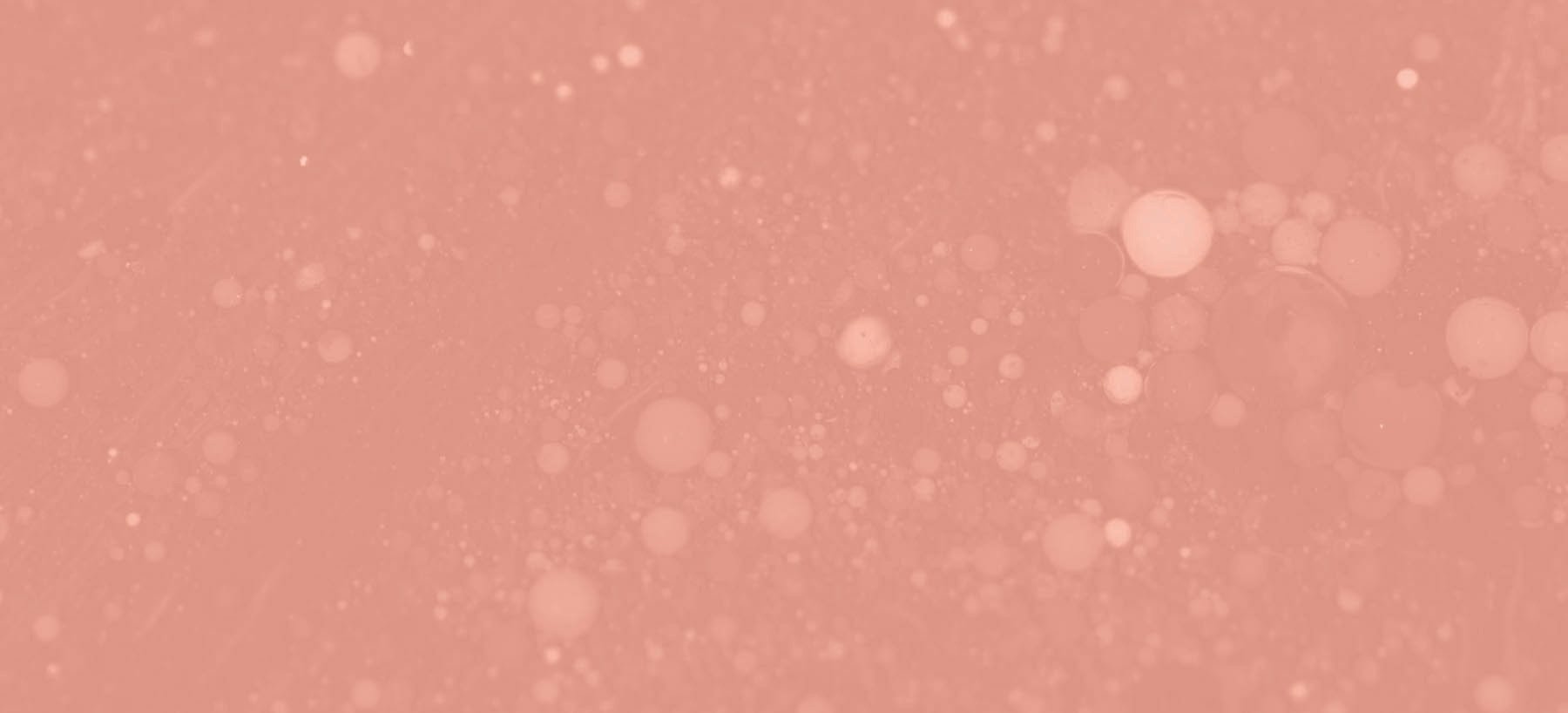
Procedures
Procedures
Malignant skin cancer excision
In the case of a malignant skin cancer excision your dermatologist will remove the cancer and some normal-looking skin around it. The normal-looking skin is checked under a microscope to make sure all the cancer has been removed and the wound will be closed with sutures and a dressing.
Find out more here from the British Association of Dermatologists website
Excision skin lesions – moles, cysts, warts & skin tags
& shave excision
The removal of a skin growth will depend on the size and location but moles and larger lesions will usually be removed under local anaesthetic by scalpel and the wound closed by stitches. This treatment is usually used for benign raised moles, warts or skin tags. Warts will be frozen with cold liquid nitrogen gas. Shave excision describes the technique of the sharp removal of epidermal or dermal lesions by horizontal slicing. This type of treatment is a routine outpatient procedure which means you would be able to drive home afterwards.
Find out more here from the British Association of Dermatologists website
Cryotherapy
Cryotherapy refers to the removal of skin lesions by freezing them with liquid nitrogen. A wide variety of superficial benign (non-cancerous) lesions can be treated in this way, most commonly it is used to remove actinic keratoses which is an area of sun-damaged skin found usually on sun-exposed parts of the body. It is also used to treat viral warts, seborrhoeic keratoses, Bowen’s disease and other benign lesions.
Find out more here from the British Association of Dermatologists website
Curettage and cautery
This technique is used to remove benign growths such as areas of sun damage, seborrheic warts and occasionally low risk skin cancers. The abnormal tissue is removed by scraping with a sharp scalpel or razor blade flush with the surface of the skin. The resulting wound will be left to heal like a graze.
Diagnostic punch biopsy of a skin lesion or a skin rash
A form of incision removing a cylinder of skin for diagnostic purposes under local anaesthetic. The resulting wound is usually smaller than an ordinary incision and can be closed with 1 or more stitches. The skin which has been removed will be sent to the laboratory for analysis.
Find out more here from the British Association of Dermatologists website
Botox injection for axillary hyperhidrosis (excessive sweating)
Hyperhidrosis - excessive sweating is a common condition that can affect the whole body or just specific areas. Botox works by blocking the nerves which activate your sweat glands and the injections are given into the area that commonly sweats. Typically patients would have treatment once a year.
Find out more here from the British Association of Dermatologists website
Steroid injections for scars
Noticeable scars can affect how you feel about your appearance, in particular if they are in a very visible place. A corticosteroid injection can be used to reduce the size of scars. Steroids break the bond between collagen fibres which reduces the amount of scar tissue beneath the skin. The injections will be administered in a dermatologist's office after a scar has healed.
Cosmetic Procedures
Fillers for cheeks and lips
Dermal fillers are used to fill lines and wrinkles and add volume to your cheeks and lips. They can have a positive impact on your facial shape and structure with no need for surgery. As part of the ageing process skin loses volume which can lead to sagging skin, hyaluronic acid when injected into the skin is used to create a youthful appearance and improve facial symmetry.
Anti-wrinkle treatment by Botox injection
Anti-wrinkle injections use botulinum toxin to smooth out wrinkles. The treatment temporarily relaxes the muscle, giving a smoother, fresher and more relaxed appearance. This is a perfect treatment for frown lines or wrinkles which treats lines which appear when you frown, smile or laugh.

